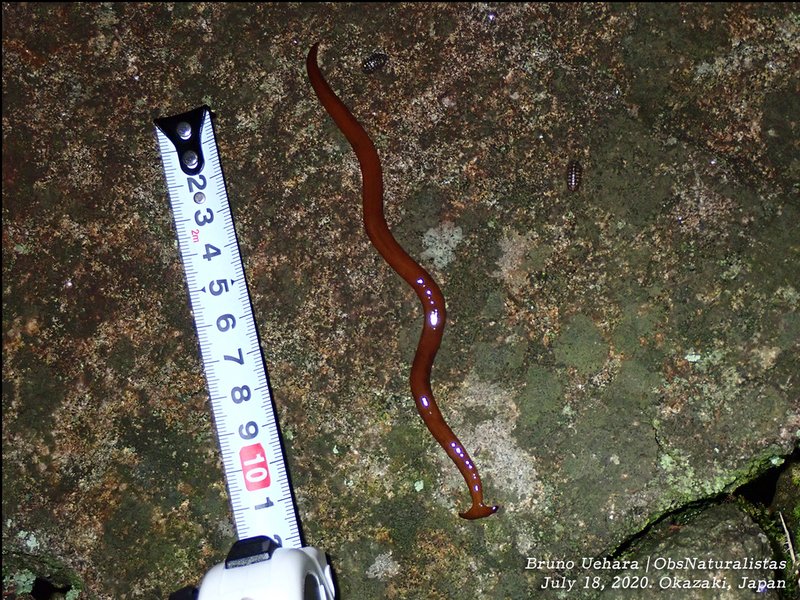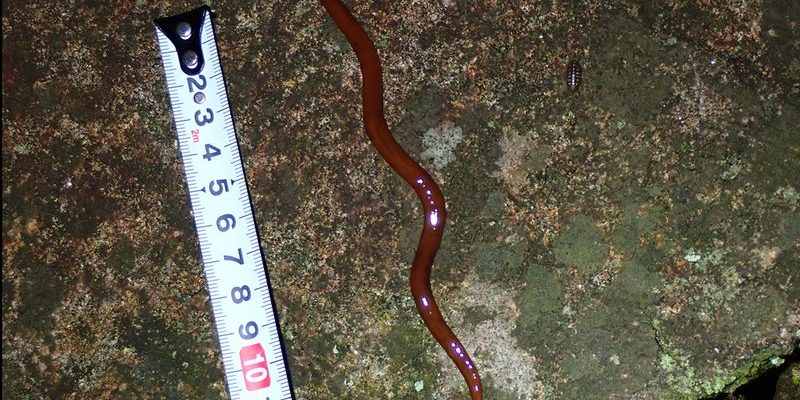
Imagine going through the yearly cycle of life, where each season brings new habits and behaviors. The hammerhead worm, aptly named for its distinctive head shape resembling a hammerhead shark, displays some surprising seasonal patterns that make them stand out in the worm world. Understanding these patterns can give us insights not only into their survival strategies but also into their role in our ecosystems. So, grab a cup of coffee and let’s dig into the seasonal life cycle of hammerhead worms and see what makes them tick!
What Exactly Are Hammerhead Worms?
Before diving into their life cycle, it’s helpful to grasp what hammerhead worms really are. These **flatworms**, belonging to the family **Geoplanidae**, are primarily found in tropical and subtropical regions. Their signature hammer-shaped heads aren’t just for show; they help them navigate through their environment while hunting down prey. Unlike your common earthworm, hammerhead worms are **predatory**, feeding on smaller invertebrates, which gives them a more aggressive edge.
You might be wondering how they fit into the grand scheme of life and what makes them important. Hammerhead worms play a role in controlling populations of pests and other small creatures in the soil. This predator-prey dynamic helps keep the ecosystem in balance, showing that even the smallest creatures hold significant power.
The Stages of the Hammerhead Worm Life Cycle
Understanding the life cycle of hammerhead worms requires looking at the different developmental stages they go through. Generally, their life cycle involves several key phases: egg, juvenile, and adult.
**Eggs** are laid in clusters and are often found in moist soil. These eggs are quite resilient, allowing them to survive varying conditions. Once the young worms hatch, they enter the **juvenile stage**, where they start to develop their distinct features. This stage can last several weeks to months, depending on their environment.
Eventually, juveniles will mature into **adults**, at which point they can reproduce and continue the cycle. The entire life cycle can be influenced by seasonal changes, which can affect their growth and reproduction rates.
Impact of Temperature on Their Life Cycle
One key factor that influences the hammerhead worm’s life cycle is temperature. Like many other creatures, hammerhead worms are **ectothermic**, meaning their internal body temperature relies on the environment. As temperatures rise in spring and summer, their activity levels increase. With warmer weather, they are more likely to hunt, reproduce, and grow.
In cooler seasons, growth slows down. You might notice fewer hammerhead worms during winter months as they enter a sort of dormancy. It’s like they hit the **pause button** on their activities, waiting for the warmth of spring to spark them back into action. This temperature dependency is crucial for their survival, as it determines when they can thrive and reproduce effectively.
Seasonal Reproductive Patterns
You might be curious about when hammerhead worms prefer to breed. Generally, their reproductive patterns follow the climate, which is common in many species. During the warmer months, typically spring and summer, hammerhead worms find the right conditions to mate. The increased warmth and food availability create a perfect setting for their eggs to develop.
During these months, you might notice more adult hammerhead worms actively seeking out mates. After mating, they lay their eggs in clusters within the moist soil, ensuring a safe environment for their offspring. As the cooler months creep in, they slow down their reproductive activities, aligning their life cycle with the seasons.
Environmental Factors Influencing Their Life Cycle
Besides temperature, other environmental factors can influence hammerhead worms’ life cycles. For instance, **moisture levels** in the soil play a vital role. Hammerhead worms thrive in damp environments, which are crucial not only for their survival but also for their reproductive success.
During especially dry seasons, you might see fewer hammerhead worms. They can’t survive in dry conditions, leading to a decline in their populations until moisture levels return to normal. In fact, they may even seek out shaded or sheltered areas to maintain moisture levels whenever possible.
The Role of Hammerhead Worms in the Ecosystem
Hammerhead worms may not get as much spotlight as other species, but they play an important role in their ecosystems. As predators, they help regulate the populations of smaller invertebrates, keeping the ecosystem balanced. By consuming pests, they contribute to the overall health of the soil and plant life.
However, their predatory nature can sometimes have negative impacts, particularly when they invade non-native environments. In some areas, they compete with local species for food and habitat, which can upset the natural balance. Understanding their life cycles can help us manage their populations better and protect local ecosystems.
How to Observe Hammerhead Worms Seasonal Patterns
If you’re interested in observing hammerhead worms and their seasonal life cycles, you have a couple of options. Look for them in your backyard or local gardens, especially during the warmer months. They are typically found in damp, shaded areas where they hunt for smaller invertebrates.
You can also conduct a simple experiment. By keeping a controlled area of soil moist and watching the changes in hammerhead worm activity through various seasons, you can gain firsthand experience of their behaviors and life cycle. Just remember to observe without disturbing their habitat too much!
Final Thoughts
The seasonal life cycle patterns of hammerhead worms reveal a fascinating interplay between temperature, moisture, and reproductive habits. Despite their often-overlooked status, these unique creatures play an essential role in maintaining the balance of our ecosystems. By understanding more about how they live and thrive through the seasons, we can appreciate the delicate web of life that connects all organisms, big and small.
So, the next time you spot one of these intriguing little worms, take a moment to think about the life they lead beneath the surface—their seasonal rhythms, their role in the ecosystem, and how they contribute to the rich tapestry of life on Earth.

